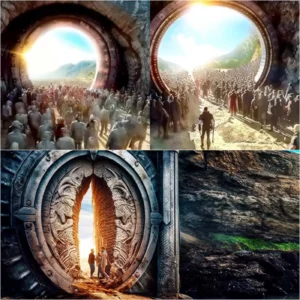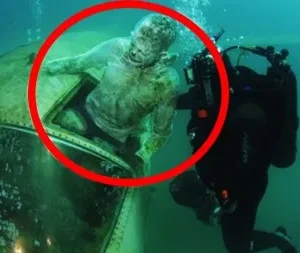Horror Unveiled: The Excavation History of Herculaneum and the Discovery of Vesuvius Skeletons
The excavation history of Herculaneum has long been a subject of fascination for historians and archaeologists alike. However, recent findings have added a layer of horror to this ancient narrative. Tens of millions of Vesuvius skeletons were discovered on the ancient beach, shedding new light on the catastrophic eruption of Mount Vesuvius and the tragic fate of Herculaneum’s inhabitants.
Unearthing the Past: The Excavation History of Herculaneum
Herculaneum, an ancient Roman town, was buried under volcanic ash and pumice during the eruption of Mount Vesuvius in 79 AD. Unlike Pompeii, which was covered in a thick layer of ash, Herculaneum was engulfed by a pyroclastic surge, preserving its buildings, artifacts, and even organic materials in remarkable detail. Excavations began in the 18th century and have continued intermittently, revealing a well-preserved snapshot of Roman life.

The Grim Discovery: Vesuvius Skeletons on the Ancient Beach
In a startling revelation, archaeologists uncovered tens of millions of skeletons on the ancient beach of Herculaneum. These remains provide a harrowing glimpse into the final moments of the town’s residents as they attempted to flee the deadly eruption. The skeletons, found in various poses of desperation and fear, tell a story of sudden, overwhelming disaster.
Understanding the Vesuvius Skeletons

The discovery of these Vesuvius skeletons offers significant insights into the impact of the eruption on Herculaneum. The positions of the skeletons suggest that many were caught off guard, overwhelmed by the speed and intensity of the pyroclastic flow. Some skeletons were found clutching belongings, indicating they had little time to react before being engulfed by the hot gases and ash.
Implications for Archaeology and History
The unearthing of such a vast number of skeletons has profound implications for our understanding of the eruption of Mount Vesuvius and its effects on the people of Herculaneum. It provides a more comprehensive picture of the scale of the tragedy and the human cost of the disaster. Additionally, the state of preservation of these skeletons allows for detailed study, potentially revealing information about the health, diet, and lifestyles of Herculaneum’s residents.

The Horror and the Legacy
The horror of discovering millions of Vesuvius skeletons is tempered by the valuable knowledge they bring. These findings remind us of the fragility of life in the face of natural disasters and the enduring legacy of ancient civilizations. They also underscore the importance of archaeological efforts in uncovering and preserving history.
Conclusion
The excavation history of Herculaneum, now marked by the grim discovery of millions of Vesuvius skeletons, continues to captivate and horrify. This revelation adds a new dimension to our understanding of the catastrophic eruption of Mount Vesuvius and the tragic fate of Herculaneum’s inhabitants. As archaeologists delve deeper into this ancient site, we can expect more discoveries that will enrich our knowledge of the past and the enduring impact of this ancient disaster.




